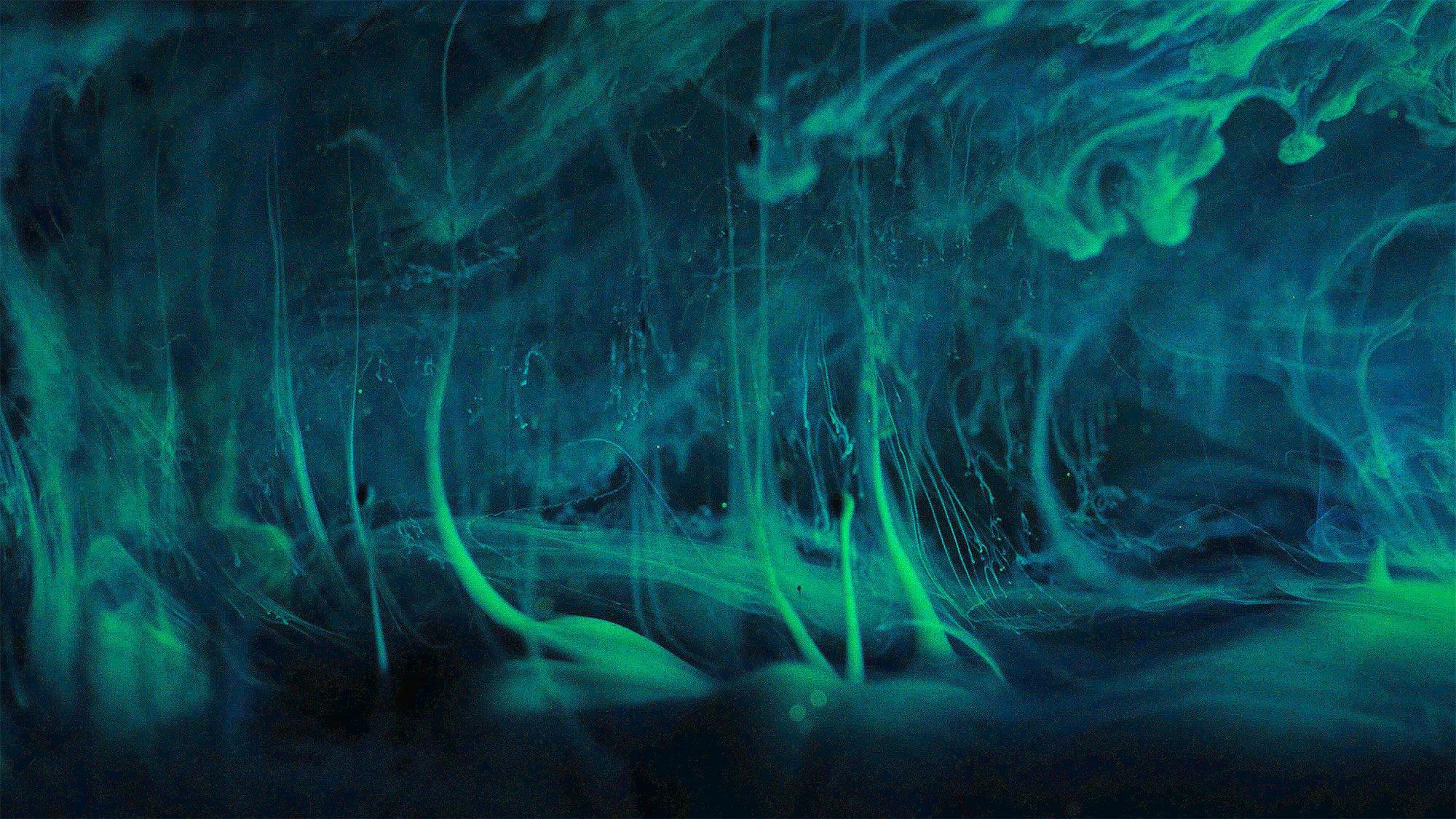Latest News
Introducing Sam Rowe - BA (Hons) Illustration lecturer
Thursday, 1 March, 2018 — We catch up with Sam Rowe, who recently joined us as a lecturer on our BA (Hons) Illustration programme, to talk about his practice, working to tight deadlines and how to approach your dream client.
<h5>With clients including <a href="https://www.nytimes.com/" target="_blank" rel="noreferrer noopener">The New York Times</a>, <a href="http://www.huffingtonpost.co.uk/" target="_blank" rel="noreferrer noopener">Huffington Post</a> and <a href="https://www.arte.tv/en/" target="_blank" rel="noreferrer noopener">Arte</a>, artist <a href="http://samdraws.com/" target="_blank" rel="noreferrer noopener">Sam Rowe</a> specialises in producing colourful and characterful illustrations.</h5>
<p>Following his recent appointment as a lecturer on our <a href="https://www.aup.ac.uk/courses/undergraduate/ba-hons-illustration" target="_blank" rel="noreferrer noopener">BA (Hons) Illustration</a> programme where he joins a team of dedicated illustrators and designers, we caught up with Sam to discuss his practice, how the industry is changing and his advice for emerging artists...</p>
<p><strong>How would you describe your work and designs?</strong><br />Commercially I work mostly in editorial, so my practice usually involves thinking of fun metaphors as quickly as possible. I like making pictures with nice colours and a good bit of abstraction and exaggeration.</p>
<p><strong>What drew you to illustration?</strong><br />Working in illustration is just the logical result of wanting to make money from things that I like doing. I love drawing, I always have, and I learned to enjoy working from briefs and to tight deadlines while I was in education. When you look at that as a whole it adds up to being an illustrator — and I’m lucky that job exists.</p>
<p><strong>Has the industry changed, and how does that affect the way you teach?</strong><br />The want and need for digital content has increased significantly, and it has to still be accelerating. Most illustration now will be viewed on a screen eventually and that’s opened up a bunch of potential for animation and experimental digital work.</p>
<p>Being able to make stuff wiggle in a GIF can be an advantage, but also less common things like start-to-finish traditional techniques can be good for standing-out too. Illustration still hinges on ideas, with the specifics of execution only becoming more varied.<br /></p>
<p><strong>How does being a practising artist affect the way you teach?</strong><br />I don’t think I could teach with any conviction if I didn’t maintain a practice alongside. Things change quickly in the industry — stuff comes in and out of vogue, new tech emerges, company structures and formats change. And image-making is just like so many learned skills, if you don’t do it for a while you get rusty.</p>
<p>Practising illustration keeps those things sharp for me and gives me confidence in how appropriate my own advice is. I could do illustration without teaching it, but I wouldn’t teach it if I wasn’t also doing it.</p>
<p>That said, teaching definitely helps bring some more clarity to the ‘other side’. A lot of teaching in an illustration degree involves acting in a similar role to the art directors that give me feedback in commercial illustration. That kind of communication and the good and bad ways it can be handled are reminders of how complex stuff can be behind the scenes.<strong><br /></strong></p>
<p><strong>You've had some pretty high-profile clients, what have been the highlights of your career so far?</strong><br />Difficult to say! Working with The New York Times was really exciting, and a bit of a privilege to be asked. But I’ve also had a lovely run of jobs with NPR (National Public Radio). They’re always nice to work with and were my first repeat client. They’re into fun ideas and interesting outcomes and they keep coming back. I feel like they care about my work and me - and they always pay quickly!<br /></p>
<p><strong>What advice would you give to emerging artists looking to pitch to clients they may think are out of their reach?</strong><br />Be realistic and patient but also ambitious and persistent. Assess why you feel like a certain client is out of your reach, and think about how much it matters. Open-minded commissioners often pay more attention to the fit and relevance of a portfolio than the overall calibre of the artist, although that does have a bearing on how reliable you’re likely to be. Be authentic and honest.</p>
<p>The other thing to consider is the actual cost of rejection. It’s probably only an unanswered email, maybe a bit of a sting to the ego. What outweighs that stuff is getting your work in front of them and staying on their radar.<strong><br /></strong></p>
<p><strong>What's next for you?</strong><br />I’d like to finish off a few long-term personal projects that I’ve been putting off and get a small-run illustration magazine off the ground. Oh, and a new website for my own stuff — it’s showing its age!</p>
<p><strong>Photos By Taylor Harford, <a href="https://www.aup.ac.uk/courses/undergraduate/ba-hons-commercial-photography-1" target="_blank" rel="noreferrer noopener">BA (Hons) Commercial Photography</a> student. See more of his work on Instagram at @TaylorHarfordPhoto.</strong></p><ul><li><a href="http://samdraws.com/" target="_blank" rel="noreferrer noopener">Take a look at more of Sam's work on his website, where you'll also find links to his Instagram, Facebook and Twitter</a></li><li><a href="https://www.aup.ac.uk/courses/undergraduate/ba-hons-illustration" target="_blank" rel="noreferrer noopener">Find out more about our creative and collaborative BA (Hons) Illustration programme</a></li></ul>
